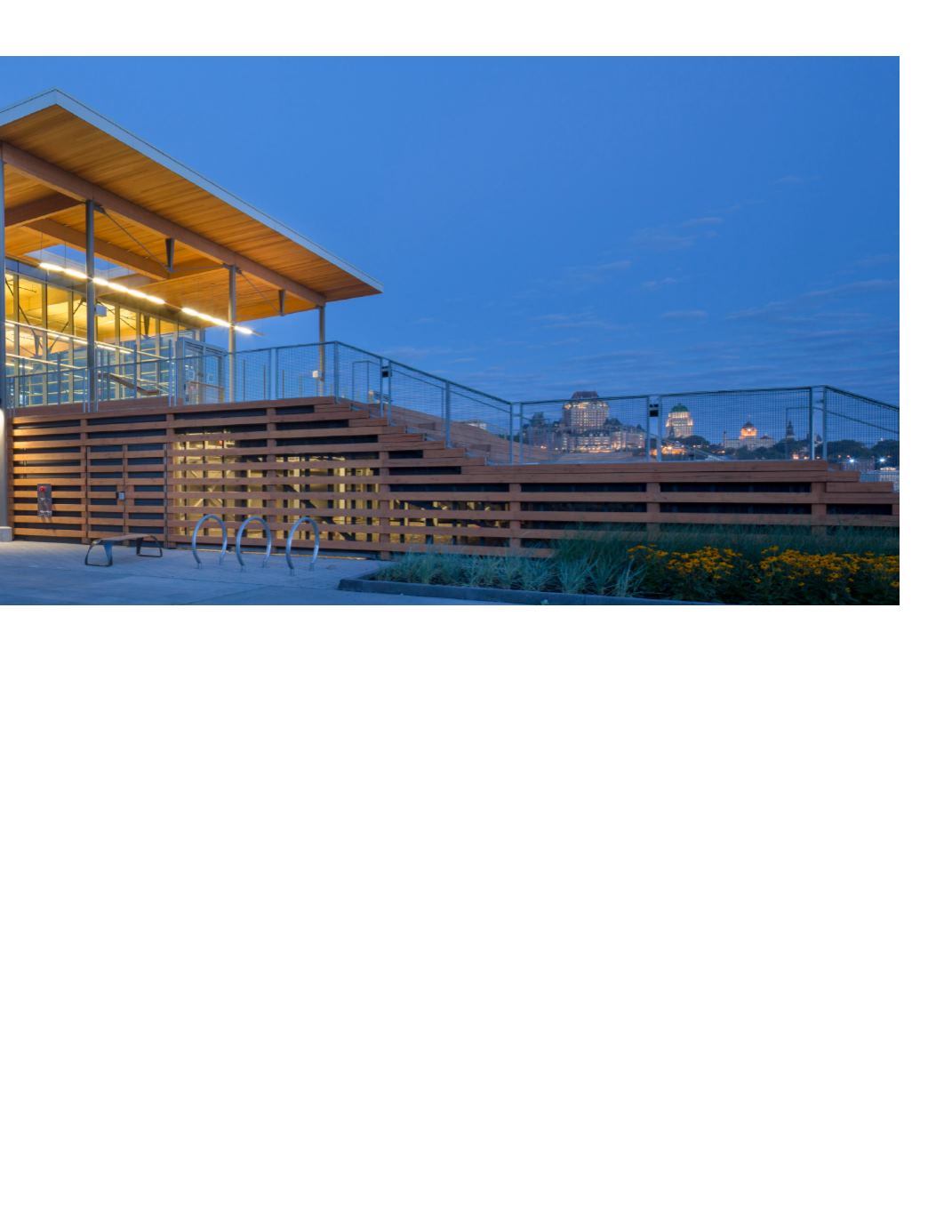
but when we work in a locality or munici-
pality we will want to use the most local
materials possible.” Additionally, natural
and healthier materials that are or can be
recycled are preferred by Tergos.
The next criterion is energy efficiency, a
topic that people are generally very knowl-
edgeable about nowadays, but Montero
says, “A lot of people in this world mistake
energy efficiency for green architecture. It
is an important part of green architecture,
but an energy-efficient building does not
mean that it is a green building.” Incorpo-
rating the pillars outlined here into the de-
sign and construction processes is what
creates a truly green building.
Tergos’ last pillar focuses on the human ex-
perience that accompanies every building.
“It’s all about aesthetics, it's about com-
fort,” explained Montero. “Architecture is
supposed to serve humanity. It's not sup-
posed to be the other way around.” This is
why Tergos pays special attention to how
the people who will be using a building will
feel within the space.
This formula has not only helped Tergos
carry out its ecological mission, but grow
substantially. For the past five years, the
company has been consistently expand-
ing. This year alone, Tergos experienced a
20 per cent growth in its revenues.
FEBRUARY 2017
H
business elite canada 67


